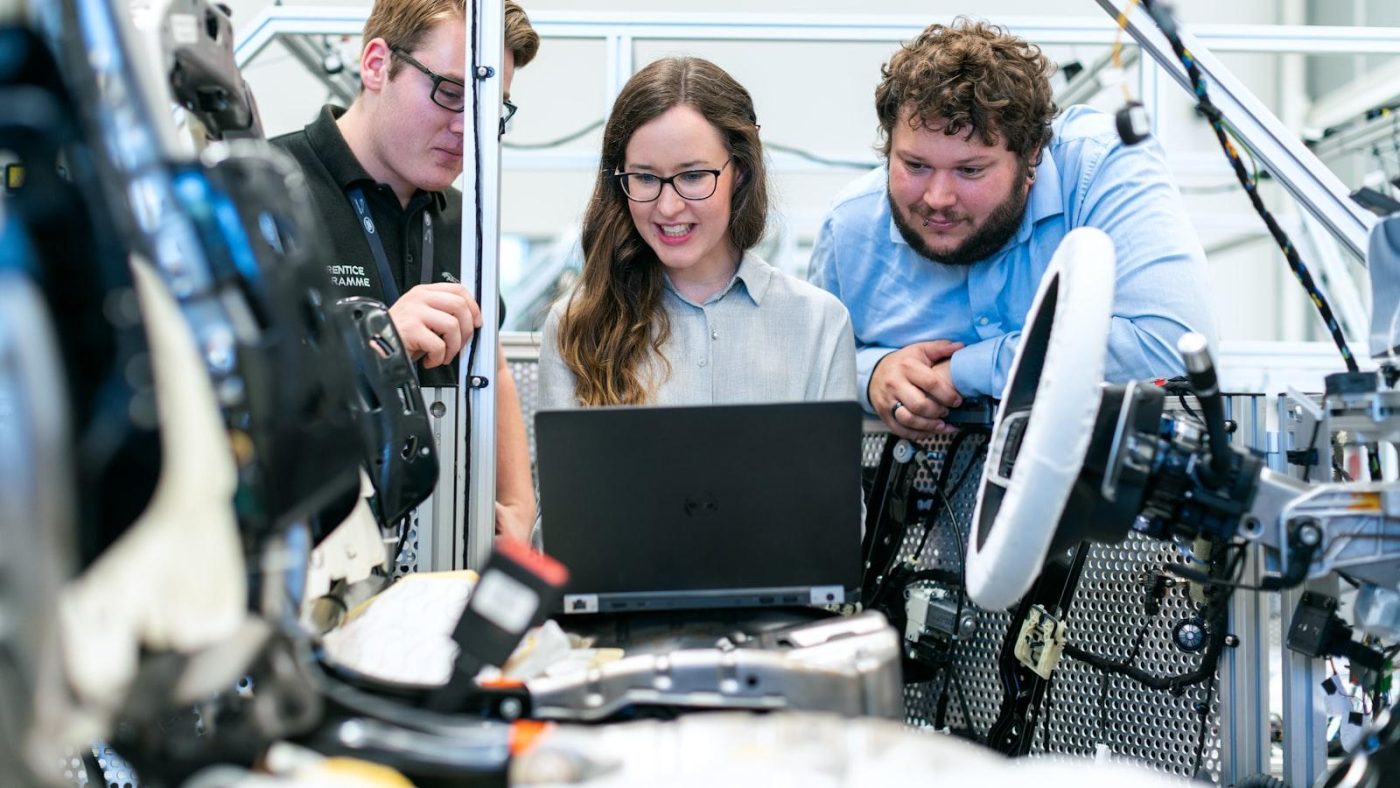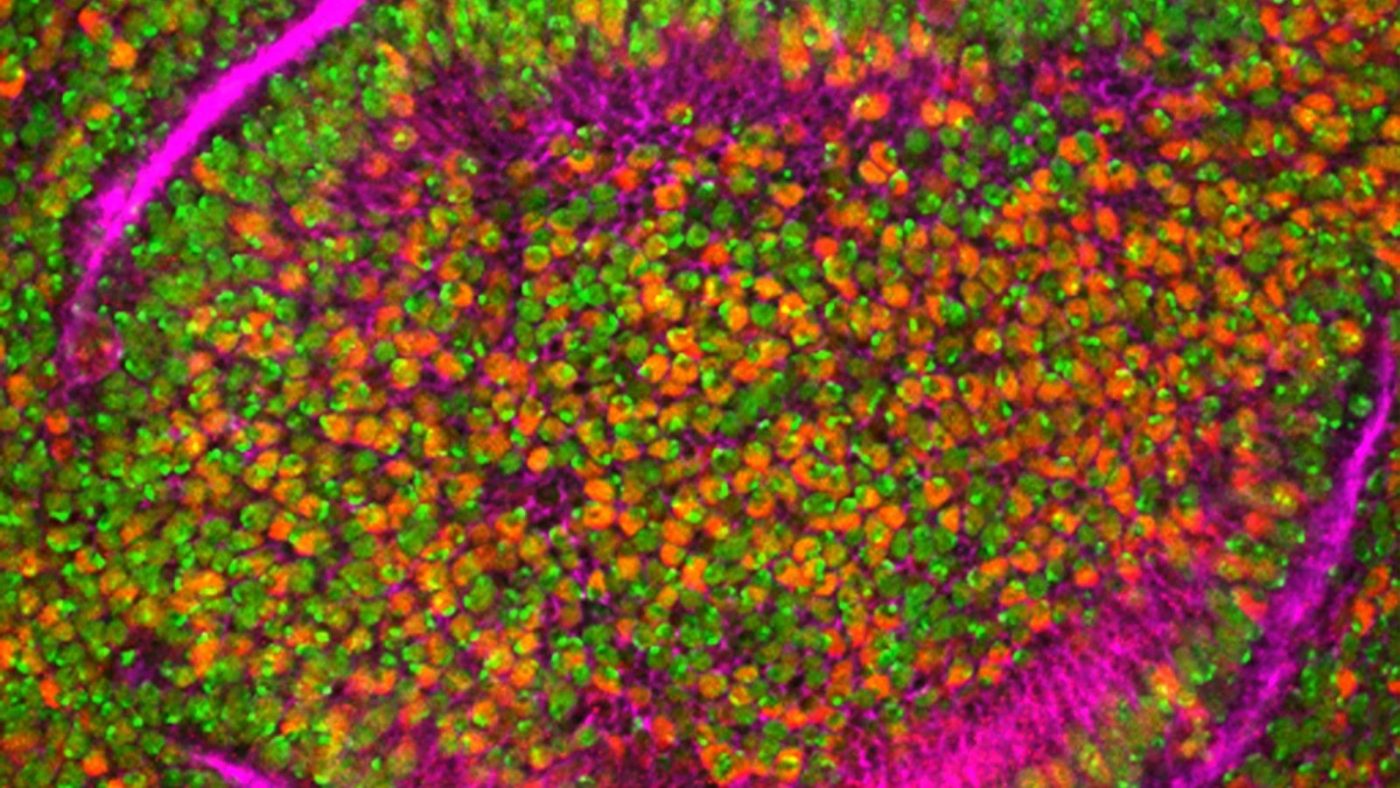Manual Tester Career Opportunities: A Comprehensive Guide
As technology continues to advance, the demand for skilled software testers is on the rise. Manual testers play a crucial role in ensuring the quality and functionality of software applications before they are released to the market. If you are considering a career in manual testing, you will be pleased to know that there are numerous opportunities available to you in the software industry. In this guide, we will explore the various career paths, benefits, practical tips, and first-hand experiences of manual testers.
Career Opportunities for Manual Testers
Manual testers have the opportunity to work in a variety of industries, including software development, IT consulting, healthcare, finance, and more. Some of the common job titles for manual testers include:
- Software Tester
- Quality Assurance Analyst
- Test Engineer
- Quality Control Analyst
Manual testers can specialize in various types of testing, such as:
| Type of Testing | Description |
|---|---|
| Functional Testing | Testing the functionality of the software according to the requirements. |
| Regression Testing | Testing the software after changes have been made to ensure no new bugs have been introduced. |
| Usability Testing | Testing the user experience of the software to ensure it is user-friendly. |
Benefits and Practical Tips for Manual Testers
There are many benefits to pursuing a career as a manual tester, including:
- Opportunities for growth and advancement
- High demand for skilled testers
- Competitive salaries
- Ability to work in a variety of industries
Here are some practical tips for aspiring manual testers:
- Develop strong analytical and problem-solving skills
- Learn multiple programming languages
- Stay up-to-date on the latest testing tools and methodologies
- Build a strong network within the testing community
First-Hand Experiences of Manual Testers
To give you a glimpse into the life of a manual tester, we spoke to Sarah, a seasoned software tester with over 10 years of experience. Sarah shared her insights on what it takes to be a successful manual tester:
“In my experience, attention to detail and the ability to think outside the box are essential qualities for a manual tester. You have to be able to identify potential issues before they become major problems. Communication skills are also crucial, as you will often be working closely with developers and other team members.”
Conclusion
Manual tester career opportunities are plentiful in today’s technology-driven world. By honing your skills and staying up-to-date on the latest testing methodologies, you can embark on a rewarding career as a manual tester. The opportunities for growth and advancement in this field are endless, making it an exciting and fulfilling career choice for those with a passion for quality assurance.
Remember, the key to success as a manual tester lies in continuous learning, adaptability, and a strong work ethic. By following the practical tips outlined in this guide and learning from the experiences of seasoned testers, you can position yourself for a successful career in software testing.










